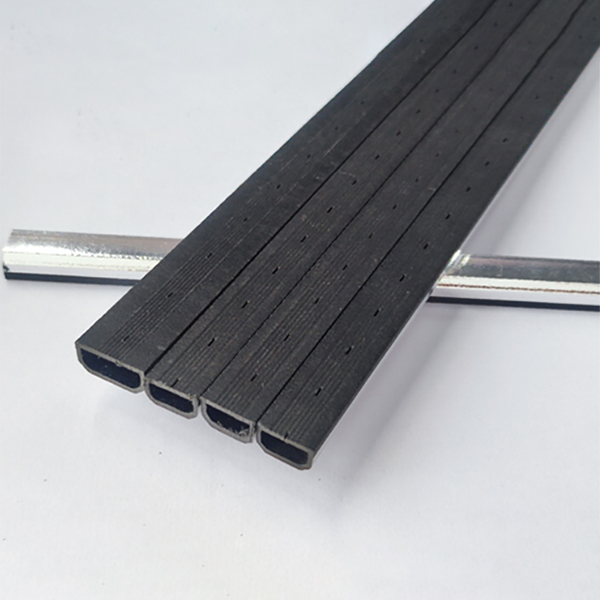Unveiling the Impact: How the 12A Middle Glass Warm Edge Spacer Influences the U-value of Windows
2024-05-24
In the realm of building energy efficiency, the U-value reigns supreme as a key metric for assessing the thermal performance of windows. Lower U-values signify better insulation and reduced heat transfer, contributing to lower energy costs and enhanced comfort. The 12A Middle Glass Warm Edge Spacer stands out as a game-changer in this regard, significantly affecting the U-value of windows. In this blog, we'll explore how the 12A spacer influences the U-value and why it's a crucial consideration for architects, builders, and homeowners.
Understanding the U-value
The U-value, also known as the thermal transmittance, quantifies the rate of heat transfer through a material or assembly. It measures how well a window prevents heat from escaping or entering a building. A lower U-value indicates better insulation and reduced heat loss or gain.
The Impact of the 12A Middle Glass Warm Edge Spacer on U-value
1. Low Thermal Conductivity Materials
The 12A spacer is crafted from materials with low thermal conductivity, such as polymeric composites. Unlike traditional aluminum spacers, which conduct heat and cold efficiently, the 12A spacer minimizes thermal bridging and reduces heat transfer through the window edges.
- Effect on U-value: By using low conductivity materials, the 12A spacer helps lower the overall U-value of the window assembly. This means less heat is lost during the winter and less heat is gained during the summer, resulting in improved energy efficiency.
2. Reduced Thermal Bridging
Traditional aluminum spacers are notorious for creating thermal bridges, allowing heat to flow easily through the window edges. In contrast, the design of the 12A spacer minimizes thermal bridging, maintaining a more consistent temperature across the window surface.
- Effect on U-value: By reducing thermal bridging, the 12A spacer contributes to a lower U-value for the window assembly. This translates to improved insulation and reduced energy consumption for heating and cooling.
3. Enhanced Insulating Performance
In addition to its low thermal conductivity, the 12A spacer incorporates advanced sealants and desiccants, further enhancing its insulating properties. These components help create a tight seal and prevent moisture infiltration, ensuring long-term performance.
- Effect on U-value: The combination of low conductivity materials, effective sealants, and desiccants results in a window assembly with a lower U-value. This means better insulation and greater energy savings for building occupants.
Real-World Applications and Benefits
- Residential Homes: Homeowners benefit from windows equipped with the 12A spacer, enjoying reduced energy bills and increased comfort throughout the year.
- Commercial Buildings: In commercial settings, the 12A spacer helps meet energy efficiency requirements and enhances occupant comfort, leading to improved tenant satisfaction and reduced operating costs.
Conclusion
The 12A Middle Glass Warm Edge Spacer plays a pivotal role in influencing the U-value of windows. By utilizing low thermal conductivity materials, reducing thermal bridging, and enhancing insulating performance, the 12A spacer contributes to lower U-values, improved energy efficiency, and enhanced comfort. Whether for residential, commercial, or institutional buildings, choosing windows equipped with the 12A spacer is a smart investment in energy efficiency, sustainability, and long-term value. As the demand for high-performance building solutions continues to rise, the 12A spacer stands as a beacon of innovation, driving advancements in window technology and helping to create more comfortable, energy-efficient spaces for all.



